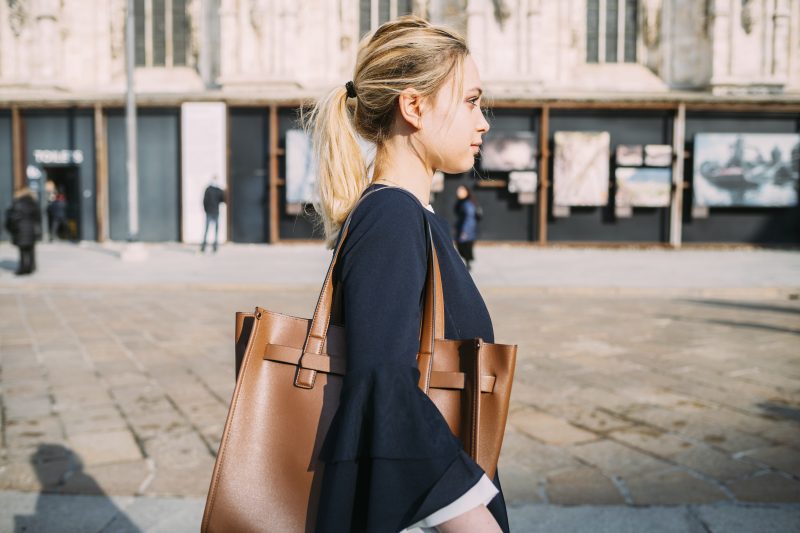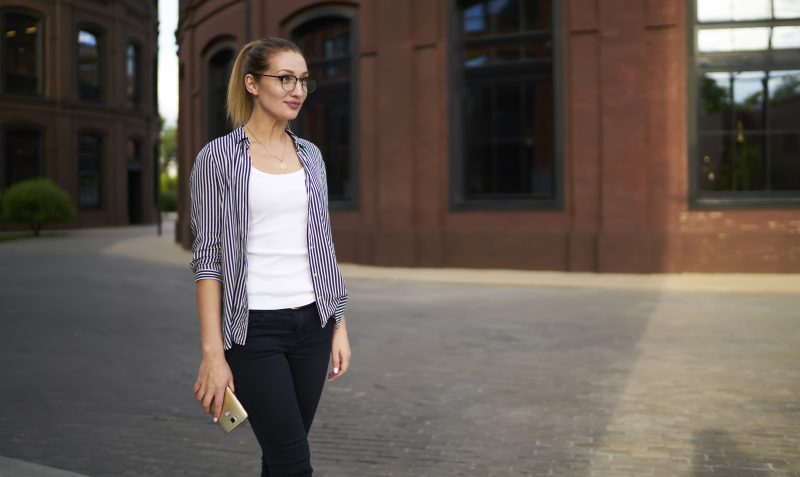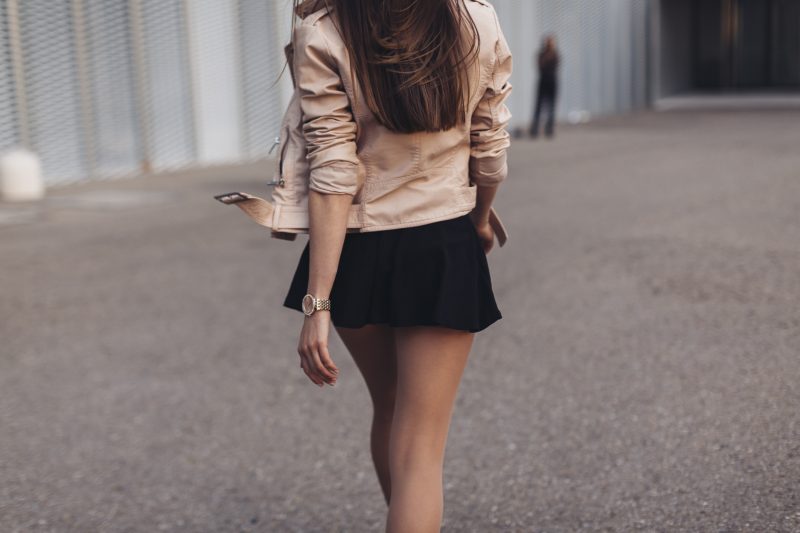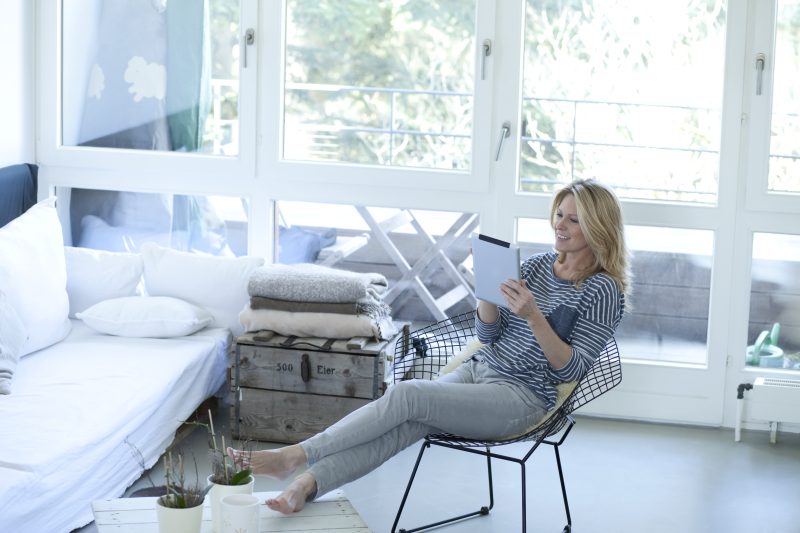My friend Kira has a theory that you can tell more about a British woman from her handbag than from literally anything else about her—more than her accent, her job, her home, even her deeply held political convictions. The first time she mentioned this, we were standing in the queue at Leon, and she nodded discreetly toward a woman clutching a tan Michael Kors tote with those gold metal bits that jangle when you walk. “Home Counties, drives a Nissan Qashqai, two kids called something like Archie and Isabella, husband works in finance but she tells everyone he’s in ‘banking’ because it sounds better,” Kira whispered. I thought she was being ridiculous until the woman in front of us took a phone call and I heard her say, “No, Archie needs to be picked up at 3, Isabella’s got ballet until 4:30.”
I nearly dropped my falafel wrap.
Since then, I’ve become a bit obsessed with this theory, testing it out at press events, on the Tube, in endless Pret queues (where I spend approximately 40% of my waking hours, if we’re being honest). And you know what? It’s frighteningly accurate.
There is something uniquely British about how our handbags telegraph our social standing, aspirations, and entire life trajectory.
At the risk of creating a national incident and possibly getting myself uninvited from several upcoming product launches, I’m going to share what I’ve learned. Consider this your field guide to understanding the complex social semiotics of British women’s handbags—use this information wisely.
Let’s start with the Mulberry Bayswater owner. She’s probably in her late 30s or early 40s now, bought it around 2006-2010 when it was the only bag to be seen with, and has conditioned the leather religiously ever since. She’s likely a former corporate lawyer or management consultant who now works three days a week in a senior role and spends the other two days taking her children to educational activities involving wooden toys rather than plastic ones. She drives a Volvo estate (the XC60, not the XC90—she’s not showing off) and lives in a Victorian terrace in East Dulwich or a similarly gentrified area where the coffee shops outnumber the betting shops. Her Bayswater is probably in a classic color—oak, black, oxblood—and while she has occasional flings with trendier bags, she always comes back to the Mulberry, like returning to a safe relationship after a few questionable dating choices.
At the other end of the spectrum is the Ultra-Mini Tote Girl. You’ve seen her. Her bag could not fit an average-sized phone, let alone anything useful like, say, a wallet or keys. She probably has some elaborate system involving her boyfriend/flatmate/the pub around the corner holding her actual belongings while she swans around with what is essentially a leather Airpod case on a strap. She’s either 22 and works in social media or PR, or she’s 35, works in fashion, and has a capsule wardrobe so minimalist it makes Marie Kondo look like a hoarder. Either way, she has mastered the art of looking unencumbered while actually being in a state of constant mild inconvenience. I know this because I briefly became a Mini Tote Girl last summer and ended up abandoning both my house keys and debit card at various locations across London. Lesson learned. Some of us actually need to carry things.
Then there’s the canvas tote brigade, which itself breaks down into several fascinating sub-categories. The Plain Canvas Tote Woman is telling you she’s too busy with her interesting creative job and general intellectual pursuits to care about something as trivial as a handbag. She’s probably got a dog-eared copy of the latest Booker Prize winner in that tote, along with a reusable coffee cup that’s actually being reused, unlike the three I have gathering dust under my sink. Her flat is full of houseplants and mid-century furniture she actually knows the designers of. She works in publishing, academia, or one of those mysterious arts jobs that nobody outside the industry quite understands but which involve a lot of opening nights and black polo necks.
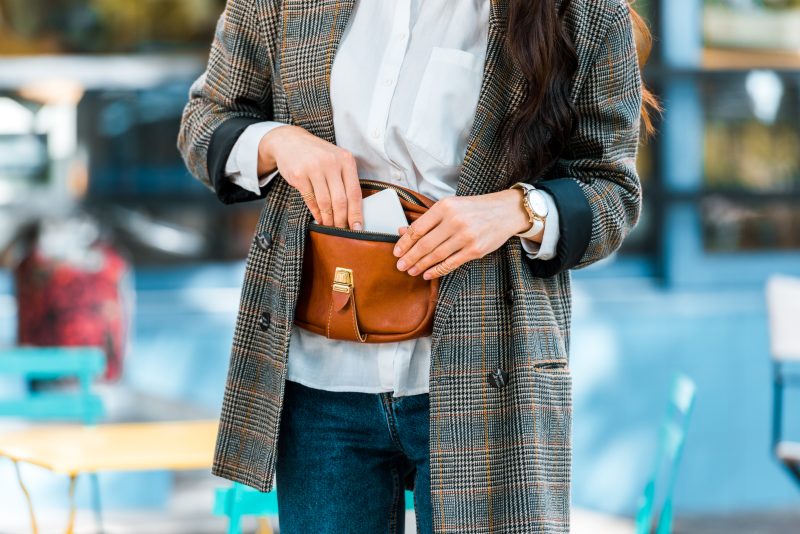
By contrast, the Branded Canvas Tote Woman is playing a whole different game. That New Yorker tote? She’s never read a full issue but wants you to think she has. The NPR or Zadie Smith book event tote? She’s curating an identity through her choice of free bags. The Daunt Books tote specifically from the Marylebone branch? She wants you to know she shops at the original, not those johnny-come-lately branches in Chelsea or Hampstead. I’m not judging—I have three different literary festival totes that I rotate based on which part of London I’m going to. We’re all performing something with our bag choices; some performances are just more transparent than others.
The designer bag landscape provides even richer anthropological material. The Chanel Classic Flap owner is typically not who you’d expect. She’s often not the wealthiest woman in the room but the one who saved the longest for her investment piece. She probably has a spreadsheet tracking the cost-per-wear since purchase (currently at £3.27 per use and dropping). She takes better care of this bag than she does of herself, keeping it in a dust bag when not in use and never, ever placing it on a floor. She has strong feelings about the decline in Chanel’s quality since Karl Lagerfeld’s later years and will tell you about them after two glasses of prosecco at a work event.
The woman with the Bottega Veneta Cassette or Pouch is a different creature entirely. She works somewhere like Net-a-Porter or a luxury PR firm, lives in a painfully cool converted warehouse in Bermondsey, and is wearing The Row or Toteme or some minimal Scandinavian brand you haven’t heard of but will be seeing everywhere next season. She gets her hair done at Radio or Larry King and maintains a precisely calibrated level of lowkey expensiveness that reads as “I just happen to look this good” rather than “I spend half my salary on maintaining this aesthetic.” She drinks natural wine exclusively and judges you for not doing the same.
The Celine (no accent, post-Phoebe Philo era) devotee is still in mourning for Old Celine and tells anyone who’ll listen that her Luggage or Trapeze bag is “from when Phoebe was still there,” as if describing a golden age of civilization rather than a French fashion house circa 2017. She probably works in architecture or interior design, lives in north London, and has strong opinions about serif fonts. Her flat contains exactly one statement chair that cost as much as a small car.
Meanwhile, the woman with the massive Louis Vuitton Never Full is practically a British institution. She’s juggling a high-pressure job, possibly in sales or recruitment, with an equally high-pressure social calendar. The bag contains an entire ecosystem: makeup bag, planner, water bottle, snacks, spare shoes, possibly a laptop, maybe even a small anxious dog. She gets a blow-dry every two weeks, plans hen dos for her ever-expanding circle of friends, and will absolutely dominate the organization of the office Christmas party. She’s the person everyone messages when they need a restaurant recommendation or the name of a reliable handyman. That bag has to be enormous because she’s essentially carrying around solutions to everyone else’s problems.
The Loewe puzzle owner is the dark horse of the handbag world. She appears quiet and understated, but her bag choice reveals an intricate personality with unexpected depths. She probably has an arts background but now works in tech or something equally surprising. Her Instagram grid is impeccably curated but her Stories are chaotic and hilarious. She holidays in places you’ve barely heard of and comes back with stories about making friends with local fishermen or finding a tiny jazz club that isn’t in any guidebook. You want to hate her but can’t because she remembers your birthday and buys you gifts that are somehow exactly what you didn’t know you wanted.
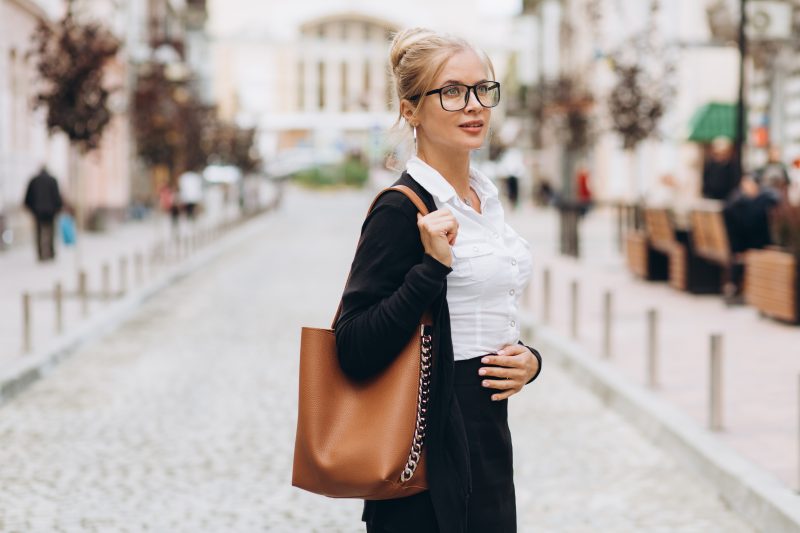
There’s a special place in my heart for the Vintage Designer Bag Woman. She’s spent hours trawling Vestiaire Collective and eBay, hunting down that perfect ’90s Fendi Baguette or ’70s Gucci bamboo handle. She can tell you the exact season and year her bag is from, possibly also which celebrity carried it on which red carpet. She’s either a fashion editor or wants to be one, has an encyclopedic knowledge of runway archives, and gets genuinely emotional about certain vintage Jean Paul Gaultier pieces. Her flat is a fire hazard of magazine back issues and fashion books. I know this woman intimately because I am her, minus the actual rare vintage finds because I’m perpetually outbid at the last second by mysterious eBay users who I’m convinced are secretly Japanese fashion museums.
The High Street Bag Carrier contains multitudes. If it’s Mango or Arket or COS, she’s probably a university lecturer or works in media, lives in a gentrified part of south London, and is wearing really good glasses and a statement necklace from an independent jeweler she discovered on Instagram. If it’s River Island or Topshop (RIP), she’s likely younger, working in a first or second job, sharing a flat in Zone 3 or 4, and putting aside money for a “proper” designer bag, which she’s researched extensively and can describe in minute detail.
Most enigmatic of all is the No Bag Woman. She’s terrifying because she’s completely unreadable. How does she survive with just a phone and card tucked into her pocket? Where are her keys? Her lipstick? Her emergency snack? (Please tell me I’m not the only one who maintains an emergency cereal bar at all times.) This woman has transcended ordinary human concerns. She’s reached a higher plane of existence where she doesn’t need to carry around half her possessions just to feel secure leaving the house. Or she’s an alien. I’m not ruling anything out.
My own handbag history reads like a personal development timeline.
The fake Fendi baguette I bought from Camden Market at 16 (aspirational but budget-constrained). The enormous Cath Kidston tote at university (trying to appear quirky and English heritage-y). The structured Whistles work bag when I landed my first proper job (attempting to seem professional despite having no idea what I was doing). The succession of increasingly expensive but still not quite designer bags throughout my twenties (financially irresponsible but fashion-adjacent). And finally, my current rotation: one actually expensive investment bag for important meetings, one mid-range everyday bag, and approximately 17 canvas totes from various events that I can’t bring myself to throw away because “they might be useful for something.”
What would Kira say my bags reveal about me? Probably that I’m still figuring it out, still crafting the person I want to be seen as, still balancing practicality with aspiration. Which feels about right. Because ultimately, that’s what makes the British handbag taxonomy so fascinating—it’s not just about status or wealth or fashion awareness. It’s about how we choose to present ourselves to the world, what we deem important enough to carry with us, and what that says about our priorities.
So the next time you’re standing in a queue at Pret, take a look around at the handbags on display. You’ll see dozens of personal histories, social backgrounds, and future aspirations all dangling from shoulders and clutched in hands. Just try not to get caught staring, or you’ll end up like me last week—having to pretend I was admiring a woman’s Gucci Dionysus when really I was just trying to determine if she fit my working theory about people who carry that specific bag. (She did, by the way. Eerily so.)
